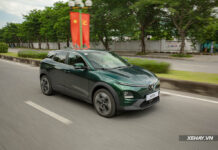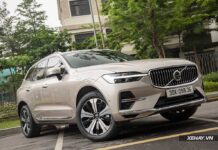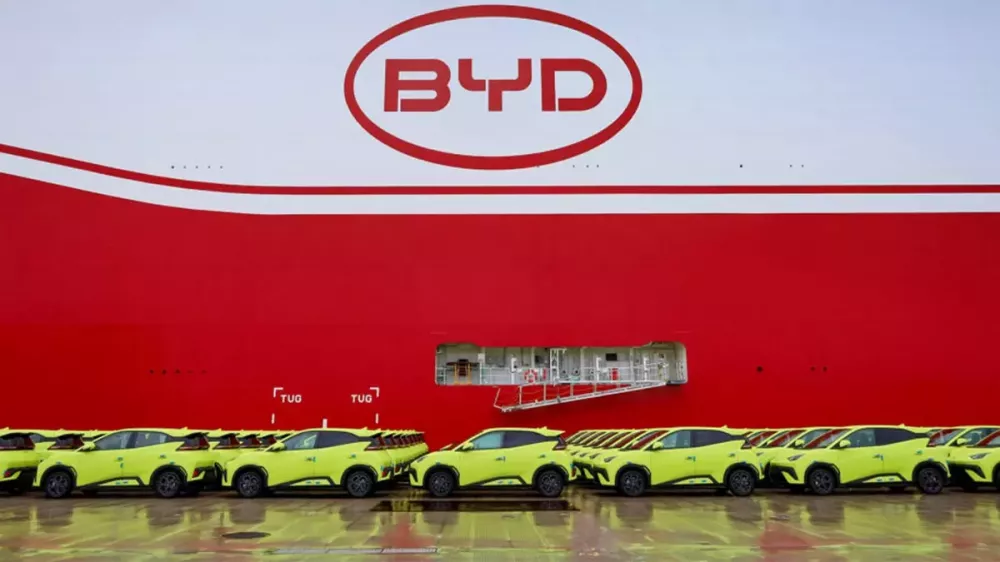Chinese electric vehicle (EV) manufacturers may soon face tighter export controls as they aim to expand their presence in international markets. On September 26, 2025, Beijing announced new regulations to oversee the export of pure electric passenger vehicles. This move stems from concerns over aggressive price wars and complaints from foreign markets about an influx of low-cost EVs.
The Chinese government also aims to enforce stricter regulations to ensure comprehensive after-sales service. This means exporters will face increased scrutiny in the coming months.
The new export licensing rules are set to take effect on January 1, 2026. From this date, the Ministry of Commerce will require authorized automakers and companies to apply for export licenses, similar to the existing system for hybrid and internal combustion engine vehicles produced in China for overseas markets. Chinese officials are increasingly concerned about unauthorized exports, where vehicles are shipped abroad without adequate post-sales support.
According to CBT News, the lack of service networks and support infrastructure can leave customers stranded and damage brand reputation. This issue has also intensified price wars in foreign markets, destabilizing local manufacturers.
Wu Songquan, Policy Research Director at the China Automotive Technology Research Center, emphasizes that Chinese automakers should emulate established global brands by standardizing export processes and enhancing product quality. This approach is expected to build long-term trust in Chinese-exported vehicles.
The timing of these measures is strategic. They come shortly after China surpassed Japan to become the world’s largest auto exporter. As reported by the South China Morning Post, China’s automotive sector shows no signs of slowing down.
Cui Dongshu, Secretary-General of the China Passenger Car Association, predicts that within five years, China could export up to 10 million vehicles annually to international markets. Domestically, Chinese brands are projected to sell 30 million vehicles per year, driven by the country’s vast population.
“There remains significant growth potential in less developed regions of China, such as the central, western, and rural areas, where vehicle ownership rates may eventually surpass those of major cities like Beijing and Shanghai,” noted Cui.
For context, China’s current vehicle ownership rate is approximately 1 car per 1,000 people, highlighting substantial room for growth. This contrasts sharply with Europe’s 641 cars per 1,000 people in 2020 and the U.S., where the figure peaked at 860 cars per 1,000 people.
China’s Passenger Vehicle Sales Reach 10.89 Million in H1
The Chinese automotive market witnessed steady growth in the first half of 2025, with a significant milestone achieved: over half of the vehicles sold were new energy vehicles (NEVs). This marks a pivotal moment for the global electric vehicle industry, showcasing China’s commitment to sustainable transportation and a promising future for automakers worldwide.
“VinFast Partners with myTVS to Develop After-Sales Services in India”
VinFast, a leading automotive manufacturer, is proud to announce its strategic partnership with myTVS, one of India’s premier automotive service providers. This exciting collaboration marks a significant step forward in VinFast’s journey to bring its innovative and premium mobility solutions to the Indian market.















































